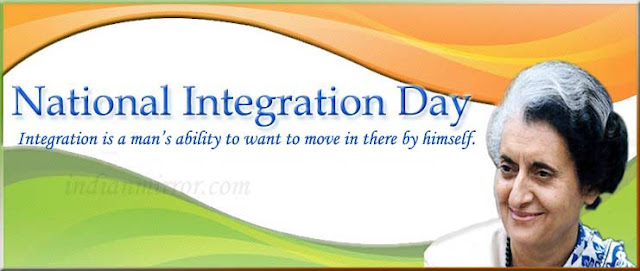Kings and Temples and Priests
We saw in our last letter that five different classes were formed. The biggest class was that of the peasants and laborers. The peasants plowed the land and tilled the soil and grew the food. If the peasantry had not done so and no one else had worked on the land, there would have been no food, or at any rate very little food. So the peasants were very important. Without them, everybody would have starved. The laborers also did useful work on the land and in the towns. But although these people did such important work, and were so necessary to everybody, they got very little out of it. Most of what they produced went to others, especially to the king and his class of people, including the nobles. The king and his class, as we have seen, had a great deal of power. During the days of the early tribes, the land belonged to the whole tribe, and not to any one person. But as the king's class grew in power, they said that the land belonged to them. They became the landlords, and the peasants, who really did all the hard work on the land, became merely their servants in a way. Whatever the peasants produced from the land was divided-a big share going to the landlord. Some of the temples also had land and were thus landlords.
Let us see what these temples and their priests were. In one of my letters to you, I said that the early savage men started thinking of God and religion because they did not understand many things and were afraid of what they did not understand. They made a god or goddess of everything-a river, a mountain, the sun, trees, animals and things which they could not see but only imagined, like spirits. Because they were afraid, they always thought that their gods wanted to punish them. Their gods were, like themselves, harsh and cruel, and the people were always trying to appease them or please them by sacrifices.
Temples grew up for these gods. Inside the temple, there was a special room called a shrine or holy place, where there was an image of the god they worshipped. They could not worship something they could not see. This is a little difficult. You know that a little child can usually think of things it sees. The early people were like children somewhat. And as they could not worship without images, they put images in their temples. It is curious that these images were usually horribly ugly-animals or sometimes half animal and half man. In Egypt, they worshipped at one time a cat and at another period, I think a monkey. Why people should worship these awful images of animals it is very difficult to understand. If an image is to be worshipped, why not make it beautiful? But perhaps the idea was that the gods were something to be afraid of and so they were made into these terrible images. At that time, probably, people did not think of one god or one great power, as most people think now. They imagined that there were a large number of gods and goddesses, sometimes even quarreling with each other. Different cities and different countries often had different gods to worship.
The temples were full of priests and priestesses. Usually, the priests knew reading and writing and were more learned than the others. They became, therefore, the advisers of the kings. The books in those days were written or copied by the priests. Because they had some knowledge, they were the wise men of old. They were the doctors also. And often just to show people how clever they were, they showed them some tricks to impose upon them. The people were very simple and ignorant, and considered the priest's magicians and were frightened of them.
The priests mixed with the life of the people in every way. They were the wise men and everyone went to them when he was in trouble or was ill. They arranged big festivals for the people. There were no calendars in those days, especially for the common people. They counted by festivals.
The priests often deluded and misled the people. But they helped them also in many ways and made them progress. It is possible that in some places when the people first settled down in towns, the people who governed them were priests and not kings. Later the king came and displaced the priest as he could fight better. In some places, the same person was king and priest, as the Pharaohs in Egypt. Pharaohs indeed were considered half-divine or half god even when alive. When they died, they were worshipped as gods.
Source: http://indiragandhi.in/en/philosophy/letters/4

Comments
Post a Comment